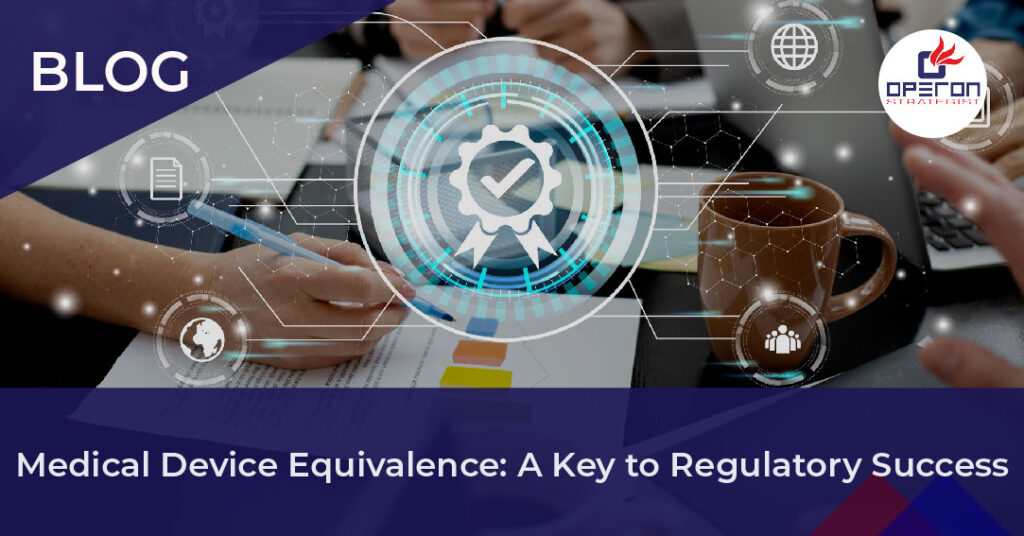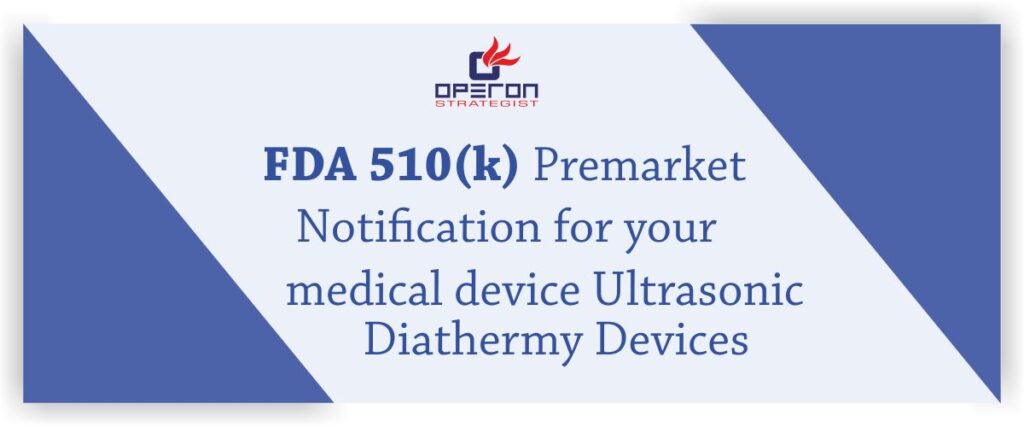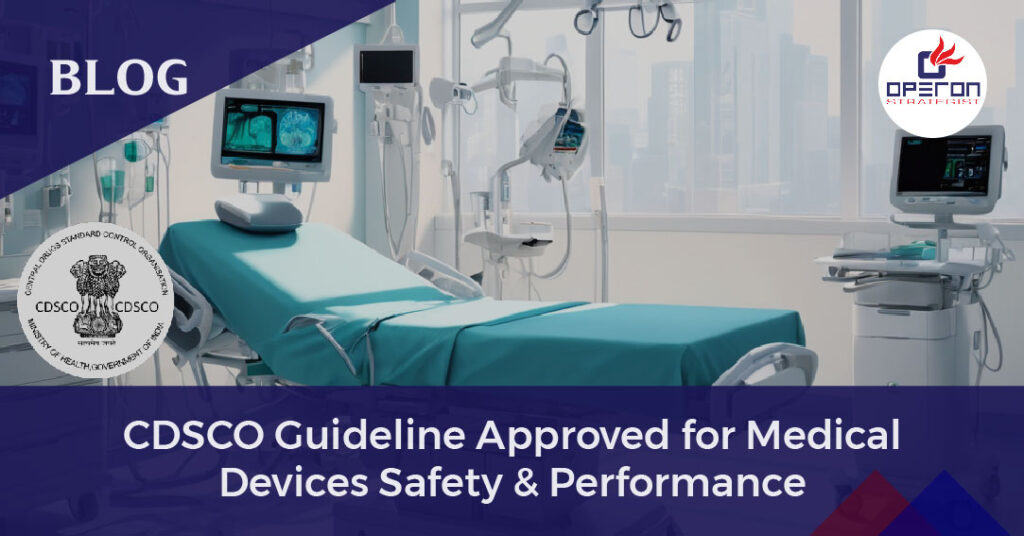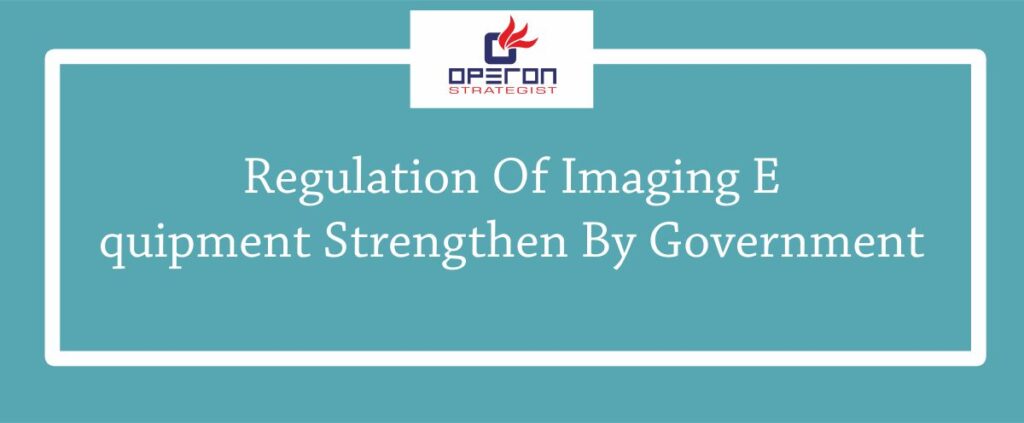Understanding Medical Device Equivalence: A Strategic Pathway to Approval
Equivalence can be a powerful strategy for medical device manufacturers, but for some, it’s more trouble than it’s worth. To determine whether equivalence is the right approach for your product, it’s crucial to understand its requirements, challenges, and potential pitfalls.
What is Equivalence?
Equivalence refers to demonstrating that a medical device is comparable to an already existing device in terms of safety, performance, and functionality. This strategy can simplify the regulatory process, but only if executed with precision and strict adherence to guidelines.
Looking For a Medical Device Regulatory Consultant?
Let’s have a word about your next project
Under the Medical Device Regulation (MDR), claiming equivalence is a rigorous process involving technical, biological, and clinical evaluations. It also necessitates a clear link between the device under evaluation and the equivalent device, ensuring they are manufactured by the same company or that the manufacturer has access to the equivalent device’s technical documentation.
The 3 Pillars of Equivalence
Equivalence relies on three fundamental pillars:
- Technical: The technical characteristics of the device under evaluation must align with those of the equivalent device, including design, materials, and performance specifications.
- Biological: Biological properties must be equivalent, ensuring compatibility with human tissues and systems. This includes assessing the material’s interaction with the human body, particularly in implants or devices with prolonged contact.
- Clinical: Clinical performance and safety must be substantiated by robust data, demonstrating that the device delivers comparable results in its intended use.
These pillars form the foundation for a successful equivalence claim, as outlined in MDR Annex XIV Part A (3), MDCG 2020-5, and MEDDEV 2.7/1 rev. 4.
Key Requirements for Equivalence
To demonstrate equivalence, manufacturers must:
- Align Characteristics: Every aspect of the equivalent device must match the device under evaluation, including intended use, risk profile, and performance parameters.
- Document Thoroughly: Use Annex I of MDCG 2020-5 to ensure all evidence and comparisons are well-documented. Regulatory authorities require a comprehensive demonstration of similarity.
- Avoid Data Mixing: Mixing and matching data from multiple devices to build a case is strictly prohibited. Instead, rely on one equivalent device with clear and accessible data.
Additional Challenges
Under the MDR, equivalence claims have become more stringent. Manufacturers now need:
- Legal Agreements: If referencing an equivalent device from another manufacturer, access to detailed technical documentation through legal agreements is essential.
- Robust Post-Market Data: Equivalence claims are often strengthened by real-world performance data, ensuring the device performs safely and effectively over time.
Common Mistakes to Avoid
While equivalence might seem like an efficient path, manufacturers often stumble on several common issues:
- Ignoring Differences: Failing to identify and justify differences between devices can compromise safety and performance assessments.
- Insufficient Data: Lack of clinical or technical data invalidates equivalence claims, particularly when referencing devices from other manufacturers.
- Combining Device Characteristics: Attempting to merge characteristics from multiple devices to create a composite equivalence argument is not allowed.
Is Equivalence Right for Your Device?
While equivalence may simplify the regulatory process, it’s not always the best strategy. Careful planning, meticulous documentation, and precise justification are essential for success. For devices with substantial differences or limited comparative data, alternative approaches may yield better results. Additionally, data gathered during equivalence evaluation can often be re-used to define your state of the art.
The Role of Operon Strategist
Navigating the complexities of medical device equivalence can be challenging. This is where Operon Strategist, a leading medical device regulatory consulting company, comes into play. Operon Strategist specializes in providing end-to-end support for manufacturers, including:
- Regulatory Strategy Development: Guiding manufacturers in choosing the best approach for device approval.
- Documentation Support: Ensuring compliance with MDR, MDCG, and MEDDEV guidelines through meticulous documentation.
- Gap Analysis: Identifying and addressing discrepancies in technical, biological, and clinical data.
- Training and Consultation: Educating teams on regulatory requirements and best practices for equivalence.
With their expertise, Operon Strategist helps manufacturers streamline the regulatory process, minimize risks, and achieve successful device approval.
Operon Strategist provides end-to-end support for regulatory approvals like European CE marking, FDA 510(k), Indian CDSCO import registration, SFDA and UKCA compliance. They assist in setting up manufacturing units with Facility layout designing, cleanroom design, machine validation and facility compliance as per all regulatory norms, ensuring quality through ISO 13485, FDA QSR, and MDSAP compliance and all regulatory approvals.
Our expertise extends to design and development, including technical documentation and risk management, while offering tailored training and consultation for regulatory and licensing needs.
Secure your device approval efficiently
Summing Up Medical Device Equivalence
Equivalence is a viable strategy for some medical devices, but it requires strict compliance with regulatory guidelines. By understanding the pillars of equivalence, avoiding common mistakes, and documenting thoroughly, manufacturers can streamline the process and ensure device safety and performance.
If equivalence seems too complex or unsuitable, consider exploring other strategies to achieve regulatory approval. With the guidance of experts like Operon Strategist, manufacturers can navigate these challenges confidently. Remember, precision and diligence are the keys to success in medical device development.
- adminhttps://operonstrategist.com/author/admin-2/
- adminhttps://operonstrategist.com/author/admin-2/
- adminhttps://operonstrategist.com/author/admin-2/
- adminhttps://operonstrategist.com/author/admin-2/




